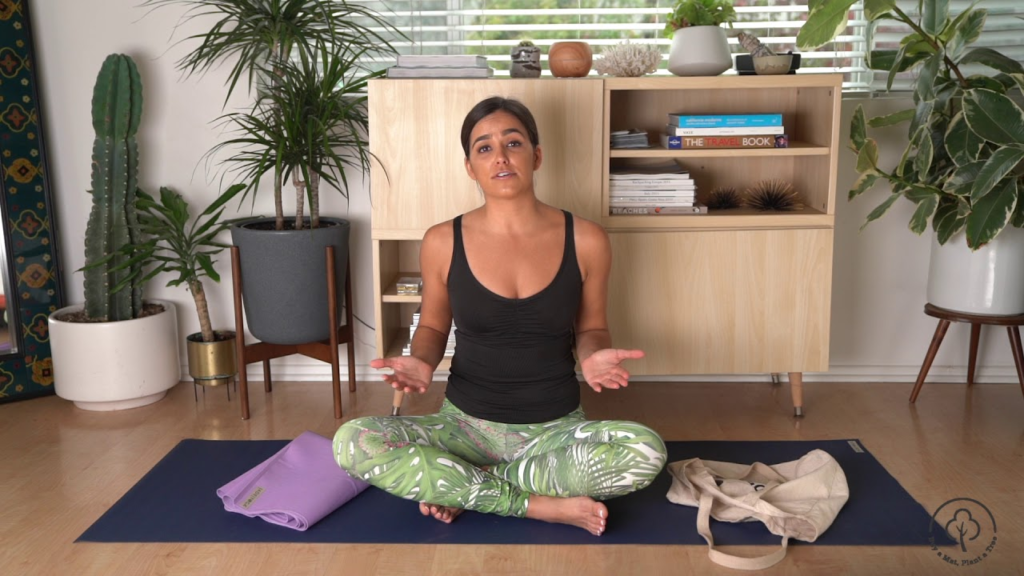The Art and Benefits of Hatha Yoga
Yoga is a timeless practice that harmonizes the mind, body, and spirit. Among the many styles of yoga, Hatha Yoga stands out as a gentle yet powerful approach that emphasizes balance, strength, and mindfulness. This ancient discipline is an excellent starting point for beginners and a rejuvenating experience for seasoned yogis.

Table of Contents
What is Hatha Yoga?
The term “Hatha” originates from Sanskrit, where “Ha” means sun and “Tha” means moon. This symbolic representation highlights the practice’s focus on balancing opposing energies within the body. Hatha Yoga encompasses physical postures (asanas), breathing techniques (pranayama), and meditation to cultivate holistic well-being.
Unlike more dynamic yoga styles, Hatha Yoga offers a slower pace, making it perfect for individuals seeking a mindful and accessible approach to wellness.
Core Elements of Hatha Yoga
- Asanas (Postures): The physical poses in Hatha Yoga are designed to improve flexibility, strength, and posture. Common asanas include Tadasana (Mountain Pose), Adho Mukha Svanasana (Downward Dog), and Trikonasana (Triangle Pose).
- Pranayama (Breathing Techniques): Breath control is a vital aspect of Hatha Yoga. Techniques like Nadi Shodhana (alternate nostril breathing) and Kapalabhati (cleansing breath) help calm the mind and increase energy levels.
- Meditation: A Hatha Yoga session often concludes with meditation or relaxation practices, such as Savasana (Corpse Pose), to integrate the benefits of the physical and breathing exercises.
Benefits of Hatha Yoga
- Improved Flexibility and Strength: Regular practice helps release muscle tension and build strength across the body.
- Stress Reduction: The combination of mindful breathing and gentle postures promotes relaxation and reduces anxiety.
- Enhanced Mental Clarity: Hatha Yoga encourages mindfulness and helps quiet the mind, leading to better focus and concentration.
- Better Posture and Alignment: The emphasis on proper alignment during asanas can alleviate chronic pain and improve overall posture.
- Increased Energy Levels: Breathwork and physical activity in Hatha Yoga stimulate energy flow throughout the body.
Tips for Getting Started
- Choose a Comfortable Space: Find a quiet and comfortable area where you can practice without distractions.
- Wear Comfortable Clothing: Opt for breathable, stretchable clothing to allow free movement.
- Start Slow: Listen to your body and begin with simple poses. Gradually build up to more challenging postures.
- Focus on Your Breath: Pay attention to your breathing and let it guide your movements.
- Stay Consistent: Regular practice, even for a few minutes each day, can yield significant benefits over time.
Get Your Course of Beginners Guide of Hatha Yoga
Final Thoughts
Hatha Yoga is more than just physical exercise; it’s a holistic practice that nurtures the mind, body, and spirit. Whether you’re looking to reduce stress, increase flexibility, or simply find a moment of peace in your busy day, Hatha Yoga offers a path to balance and harmony.
So roll out your yoga mat, take a deep breath, and embark on your journey toward well-being with Hatha Yoga.
FAQ
Is hatha yoga for beginners?
Yes, But You need Guide
hatha yoga teacher training?
Try Our Yoga Course

